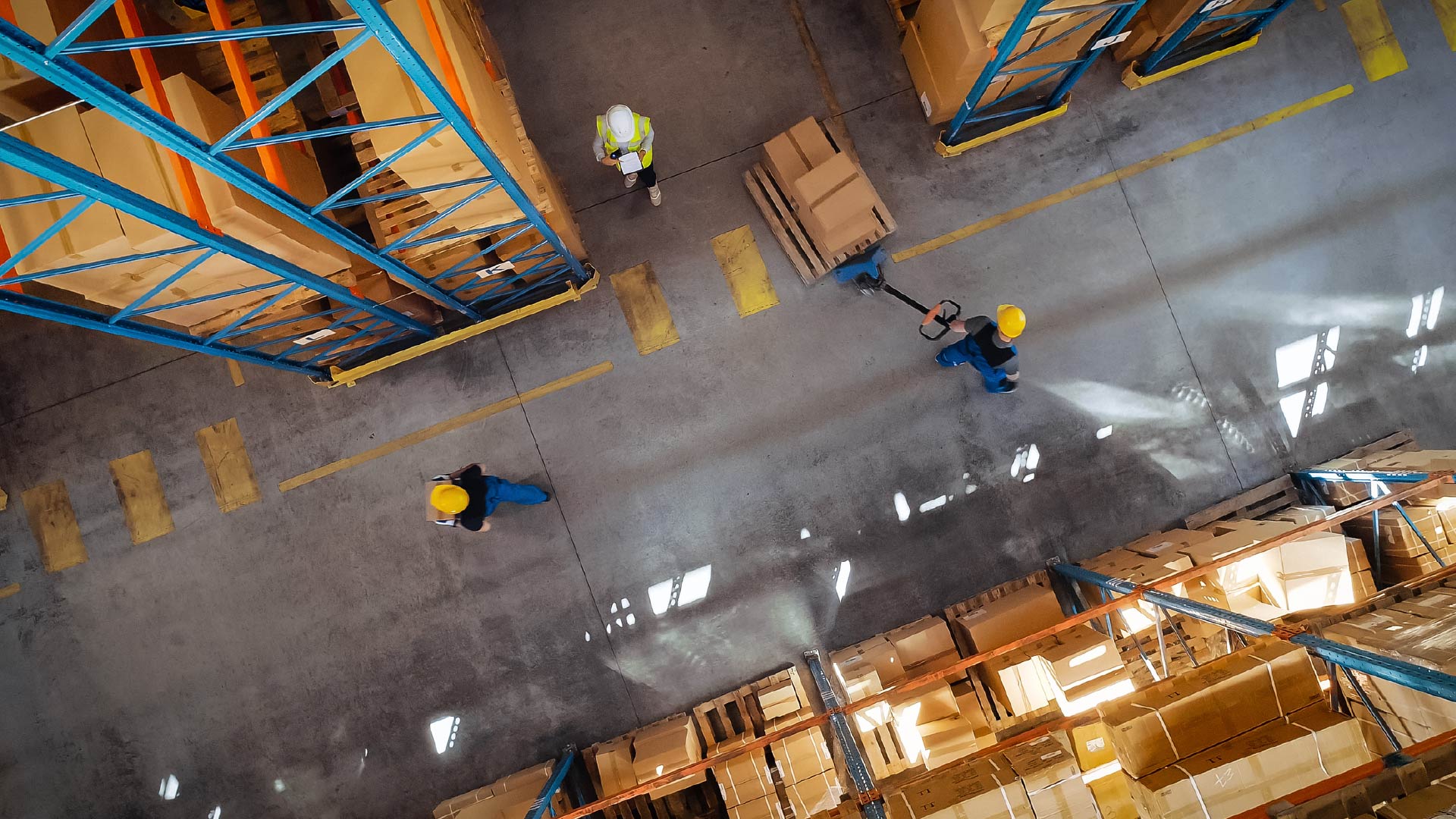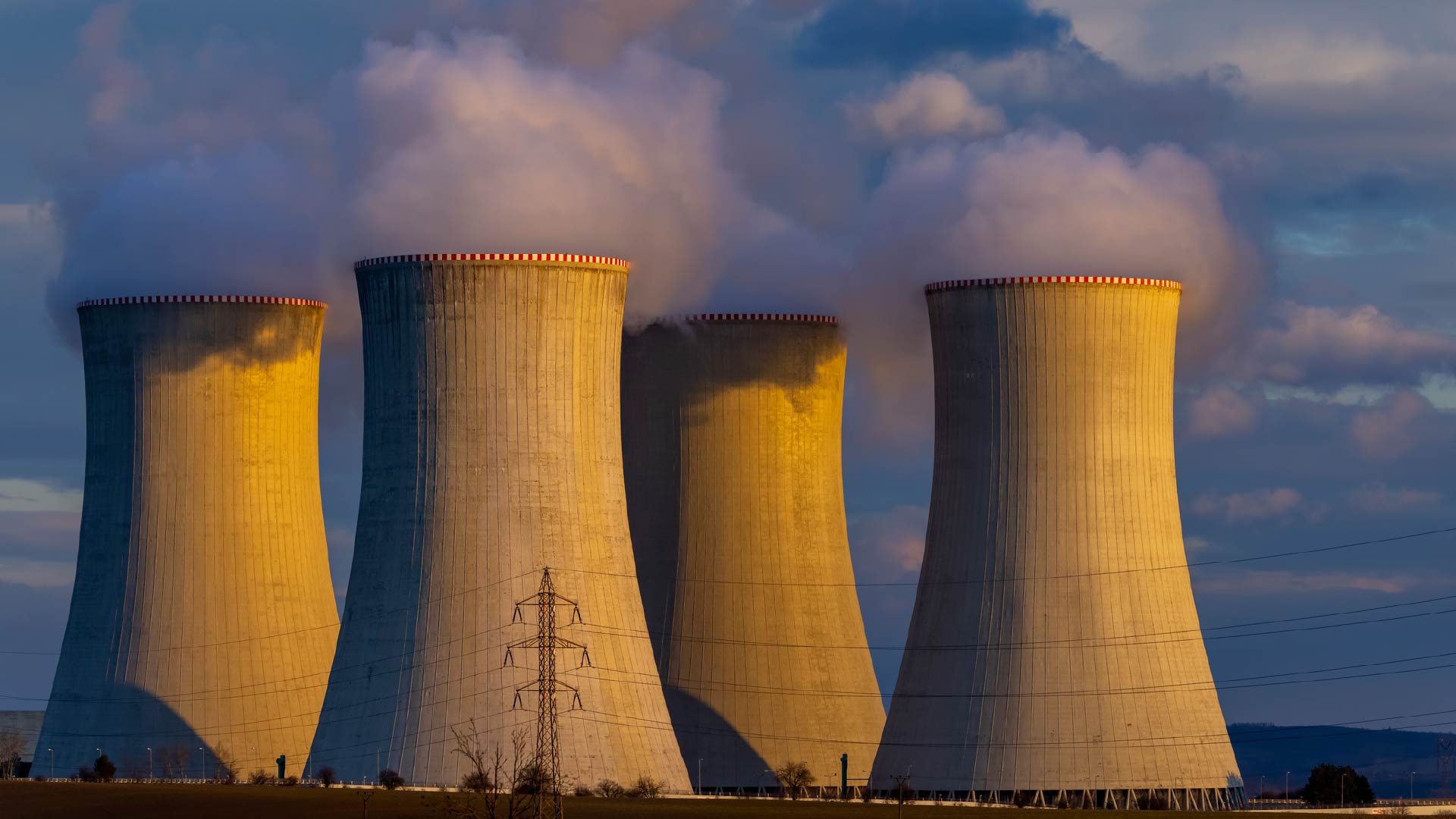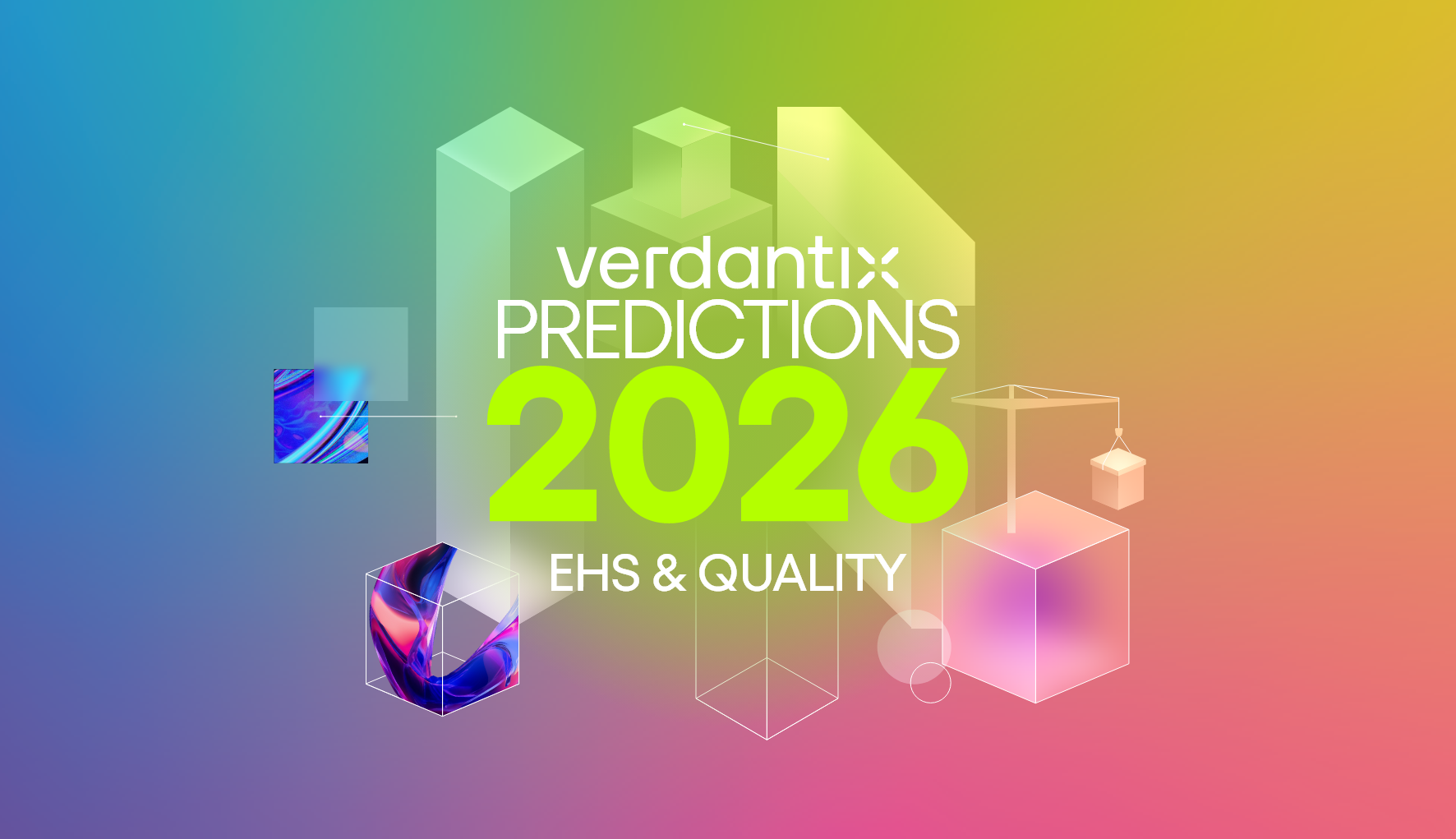Can Asset Management Solutions Solve The Offshore Wind Power Crisis?

Kiran Darmasseelane
Over the past five years, global approaches to net zero have changed drastically, with over 90% of GDP now covered by net zero pledges and significant investments into renewable sources. For example, President Joe Biden announced goals to deploy 30,000 megawatts of offshore wind along US coastlines this decade to help fight climate change, while European nations including Germany, the Netherlands and the UK have committed to reach a combined 120 gigawatts of wind power by 2030 – more than quadruple the capacity in 2023. However, achieving these targets has proven to be a far more challenging endeavour than initially expected. This is evident in the rising prices of offshore wind projects, influenced by various micro- and macroeconomic factors such as inflation rates and supply chain disruptions due to global conflicts. These factors are driving up the costs of materials and labour, making investments in wind energy less viable. According to Swedish utility Vattenfall AB, the cost of wind turbines has increased by 40% in the space of 12 to 18 months.
As such, the market has seen major wind energy producers such as Spain’s Iberdrola and Denmark’s Orsted cite rising costs and inflation as the reason they’ve lost bids or cancelled plans involving wind energy. In addition, Siemens Energy – one of the world’s biggest wind turbine makers – saw shares plummet by nearly 70% since June due to technical faults and quality issues with its turbines. The firm lost approximately $3 billion in market value in October 2023 after reports emerged that it was in rescue talks with the German government to secure a $15 billion bailout.
The slowdown of investment in offshore wind puts a serious dent in governmental renewable energy plans. In June 2023, the UK government's independent advisers, the Climate Change Committee (CCC), said the UK was no longer a world leader on climate action. In October, analysts at the Cornwall Insight mentioned that the UK was likely to miss its offshore wind targets, jeopardizing the government’s legally binding commitment to reduce emissions to net zero by 2050.
While offshore wind producers turn to local governments to support the viability of new offshore wind investments, current operators should consider deploying asset management software to optimize operations and maintenance for extended asset lifetimes. Firms should consider using:
- EAM software, such as HxGN EAM and IFS Ultimo, to manage the entire maintenance process from scheduling inspections and assigning work orders through mobile apps to spare part and inventory management. This will support asset uptime, rapid fault detection and optimized intervention activities.
- APM solutions, such as those offered by GE Digital and Hitachi Energy, to provide operators with real-time insights into plant performance. This facilitates the ability to predict component failures, identify performance trends, and optimize operations to avoid downtime and increase generation.
- AIP software from providers such as Copperleaf and DIREXYON to manage the intervention options and strategic KPI-aligned decision-making for the 10-15 year operational life of a wind turbine by optimizing capital investments, managing risks and ensuring regulatory compliance.
While offshore wind investments and operations are currently struggling, asset management software is well poised to sustain current deployments and ensure optimized performance over the coming years. As such, Verdantix predicts that spend on asset management software tools across the utilities industry will grow at a CAGR of 10% from $1.3 billion in 2022 to $2 billion in 2026.
To learn more about the current state of the asset management market, or industrial energy transition, visit the Verdantix operational excellence research portal.
About The Author

Kiran Darmasseelane
Senior Manager





